





Chipmunks
How to Get Rid of Chipmunks Humanely
The trick to effective chipmunk control is an integrated strategy; using multiple control methods will help ensure long-term success. Below, Havahart® provides step-by-step instructions to help you get rid of chipmunks, as well as other useful trapping and repelling information.
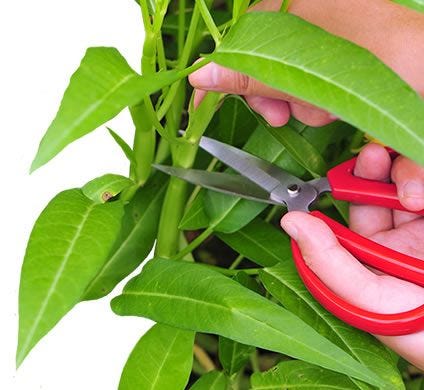
1 Eliminate Food and Shelter
Chipmunks are attracted to areas that offer food and shelter. Eliminate these attractants and always maintain a clean yard.
- Clean up fallen berries, nuts, fruits, birdseed, etc.
- Remove piles of debris, rocks and/or wood that provide shelter.
- Avoid continuous planting along a building as it provides ample ground cover near your home’s foundation. Use mesh or caulking in foundation openings to block entry to your home.
- Place bird feeders at least 15 ft. from buildings so that spilled birdseed does not attract chipmunks towards your house.
TIP: Use a type of birdseed that chipmunks aren’t fond of, such as thistle.
2 Identify Areas of Activity
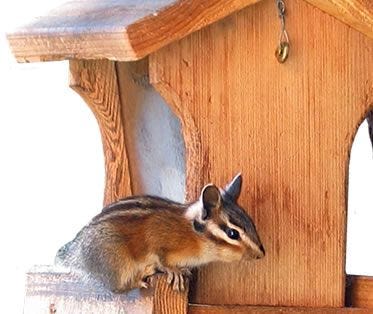
To determine the best solution for getting rid of chipmunks, you should first identify chipmunk damage areas, their travel paths as well as the places they frequently visit.
Common signs of chipmunk damage include:
- spots eaten on plants/veggies
- dug up bulbs or seedlings
- droppings or wood gnawed in your attic
- knocked over bird feeders
- burrows under the porch
- holes in lawn, foundation or structures
3 Choose the Right Control Method
Once you've targeted your problem areas, you will be able to choose the control method that's right for you. Combining multiple methods of control will greatly increase your chances of successfully getting rid of chipmunks and keeping their damage to a minimum.
Live Chipmunk Trap
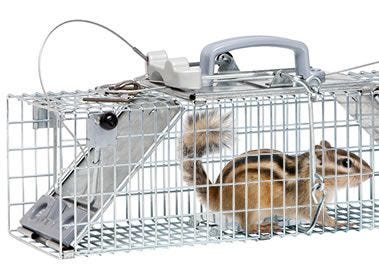
Using a live trap to manually remove a chipmunk living inside your home or on your property is one of the most efficient control methods for this animal. A small or extra-small-sized trap is best for these tiny critters, as the smaller mesh openings will not allow for escapes. Operating a chipmunk trap is simple:
- Wearing gloves, properly position your trap in an area with damage.
- Bait the trap by placing peanuts (or another chipmunk bait) towards the back of the trap - behind the trigger plate.
- Set your trap and check it frequently. Never keep a chipmunk - or any animal - inside the cage for an extended period of time.
For more trapping tips, read How to Trap Chipmunks »
Shop Traps »Chipmunk Repellents
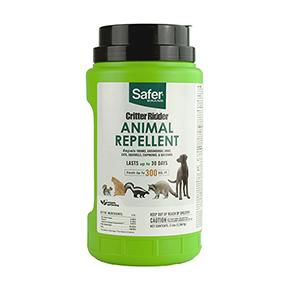
Repellents that affect taste are incredibly effective at deterring pesky chipmunk invaders. Pepper-based repellents work best and are proven to keep chipmunks off objects and surfaces and away from homes.
- Use Safer® Brand Critter Ridder® Granular Animal Repellent to create a barrier around your mulch beds, gardens, and structures.
- Spray Safer® Brand Critter Ridder® Animal Repellent Ready to Use Spray onto surfaces like bird feeders, bulbs, and ornamentals for more targeted protection.
It’s important to carefully follow all repellent label directions; proper application and reapplication are critical in successfully repelling chipmunks.
For more repelling tips, read How to Repel Chipmunks »
Shop Repellents »Electronic Repellents
Critter Ridder® Motion-Activated Animal Repellent & Sprinkler electronic repellent is another great option for chipmunk control. They use motion detection to frighten animals away with sudden bursts of water. These repellents are chemical free and can be used to protect:
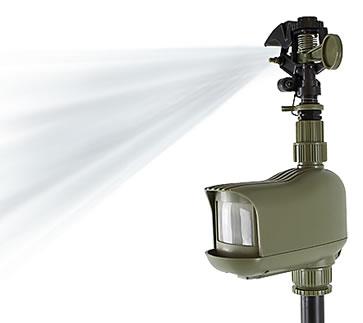
- vegetable gardens
- plants
- mulch beds
- pathways
- flowerbeds
- pool areas
- yards/lawns
- structures
- koi ponds
- entryways
- garbage cans
- trees
Electronic solutions rely on sight to activate. Therefore, repelling a very small animal, such as a chipmunk, may be difficult depending on your situation. The use of electronic solutions alone may not be ideal for permanent chipmunk removal, but they are great additions to traditional liquid and granular repellents as part of an integrated approach.
For more information, read Why Electronics »
Shop Electronic Repellents »Mesh Fencing
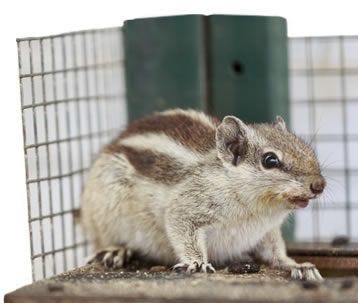
Mesh fencing, while not being the most visually appealing solution, is a very effective and economical choice for chipmunk exclusion. For best results, use 1/4” galvanized wire mesh to keep out chipmunks:
- Create an “L”-shaped barrier to exclude chipmunks from foundations or access to crawlspaces/porches. The mesh should penetrate the ground about 1 foot.
- Lay mesh along the ground where chipmunks may dig, and cover it with soil, mulch or grass.
Make sure you do not accidentally fence in a chipmunk during installation.
Expert Tips
- Chipmunks commonly raid bird feeders. Place bird feeders at least 15 feet away from buildings, so that spilled birdseed does not attract chipmunks towards them.
- Plantings, woodpiles and debris surrounding your home provide shelter for chipmunks, making them more likely to enter your house or burrow underneath the foundation. Minimizing ground cover will prevent this destructive behavior.
- Chipmunks enter buildings for shelter and nesting. Females birth litters of babies in the spring and in the fall. If chipmunk control is not implemented, the population of chipmunks living in or around buildings will continue to grow.
- Utilizing multiple chipmunk control solutions will result in the most effective defense.
